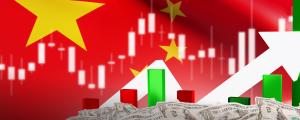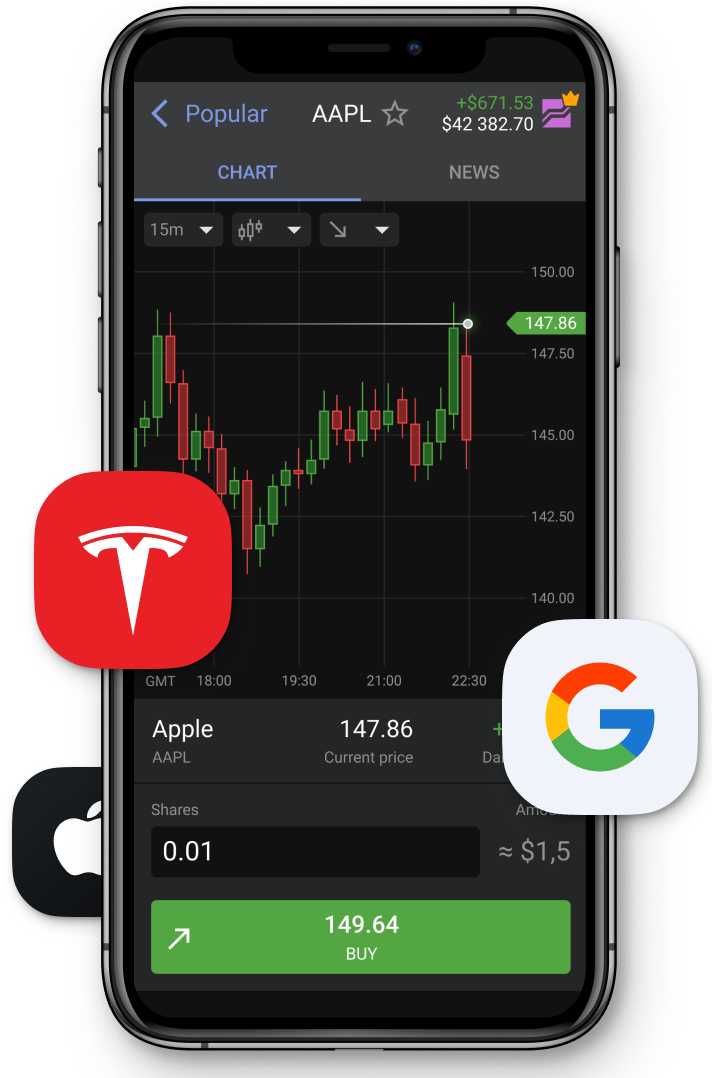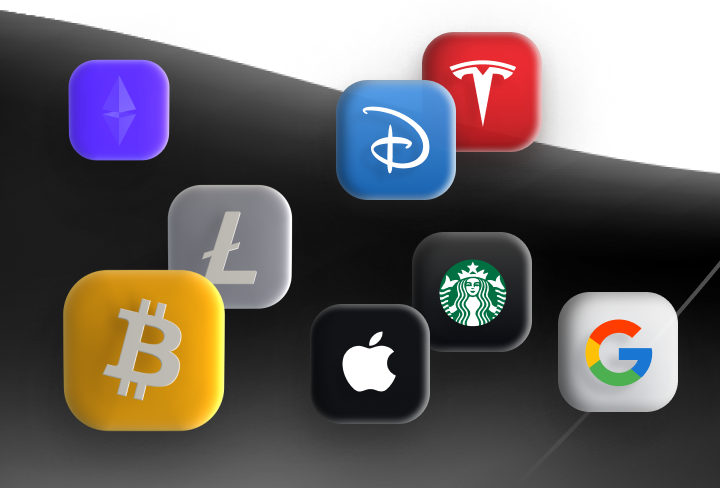With the world in turmoil and the economic future of key global economies very much hanging in the balance, it's unsurprising that gold has taken such a prominent place in investors' portfolios recently. Since Trump's victory in the 2024 US presidential election, the yellow metal has gained almost 40% to reach an all-time high of $3,434.65 per Troy ounce in April 2025, just days after The Donald's groundbreaking plans for tariffs of up to 145% on a raft of key trading partners were unveiled. Following this, there was a natural correction of around 5% as trade deals with the UK, Indonesia and Vietnam were announced, but much of these losses have since been recovered.
As of 23 July, the price of gold was back within touching distance of a new all-time high at $3,428.33, but a serious dip on 24 July to $3,374.74 following the announcement of a landmark trade agreement between the US and Japan strengthened the bearish sentiment as investors' appetite for risk grows. However, there's much more to the price of gold than trade policy, and factors like a weaker dollar, potential Federal Reserve easing and geopolitical tensions are all liable to influence the precious metal's trajectory.
More than economics
As we've already touched upon, Trump's tariffs are a major catalyst for price action in a safe-haven asset like gold. There's simply no way the fear of devastating trade barriers going up between several of the world's biggest economies can't drive demand for a hedge asset, at least in the short term. The Japan deal announced on 24 July, coupled with talks of extensions to tariff deadlines, has partially assuaged fears, but European Union diplomats' hints that the EU is looking at broader counter-measures against the US do not bode well for a trade agreement there. The effect of this is a natural cooling of prices as retail and institutional investors redirect capital to more lucrative risk-on instruments like stocks and crypto.
However, when it comes to international politics, the trade war isn't the only cause for concern; an all-out military war is becoming an ever more pressing threat. Flashpoints in Europe and the Middle East are as hot as ever, with the direct involvement of the US in the Iran-Israel conflict having the potential to spark a wider regional or even global war. This looming spectre provides a strong fundamental counterbalance to the optimism surrounding trade negotiations and the avoidance of tariffs. The associated destruction of key oil and gas infrastructure, along with the disruption to international shipping arteries in the Persian Gulf, would inevitably lead to a mass buy-up of gold and other precious metals. Naturally, it's hard to tell how much of this fear is already priced in and what would therefore happen to prices if peace is achieved, but for now, a drop in tensions seems unlikely.
Crunching the numbers
Perhaps one of the most anticipated actions of the year is the Fed's pivot to a more dovish economic policy. Specifically, this means the initiation of a series of promised rate cuts that would ease the pressure on consumers from the generationally high costs of borrowing seen since 2022. While the Federal Reserve is expected to hold rates steady at its meeting at the end of July, markets are predicting a potential rate cut in October, with the CME's FedWatch tool currently estimating the likelihood of at least a 25 basis-point cut at over 80%. In data released last week, the Consumer Price Index increased 0.3% in July, putting the 12-month inflation rate at 2.7%, which is in line with expectations. The absence of any unexpected price pressure should allow the Fed to justify rate cuts as the regulator continues to chase its 2% target.
As most investors are aware, gold tends to do well in lower interest rate environments, and a combination of rate cuts and above-target inflation can only be expected to drive demand for gold. For some time now, the US national currency has been weakening against its major global competitors. The US Dollar Index is now down over 10% YTD at 97.29 and has been below the key support level of 100 for more than a month. Apart from making greenback-priced gold less expensive for other currency holders, this also reduces the appeal of the dollar as a safe-haven asset, in general, and encourages investors to hold their wealth in gold. This trend is bolstered by Treasury bond yields being at three-month lows of 4.40% on the ten-year T-bond and 3.89% on the two-year. Any cuts by the Fed are only going to exacerbate this situation as dollar debt becomes even lower-yielding, which would, of course, be good news for gold.
Trade gold and more CFDs with Libertex
With Libertex, you can trade CFDs in a wide variety of assets from stocks, ETFs and indices to crypto, options and, of course, commodities. Aside from gold (XAU/USD) and silver (XAG/USD), Libertex offers CFD trading in a varied range of other commodities. For currency exposure, Libertex also allows you to trade CFDs on EUR/USD, AUD/USD, GBP/USD and USD/JPY, not to mention the US Dollar Index itself. For more information or to create a live trading account of your own, visit www.libertex.org/signup today!






